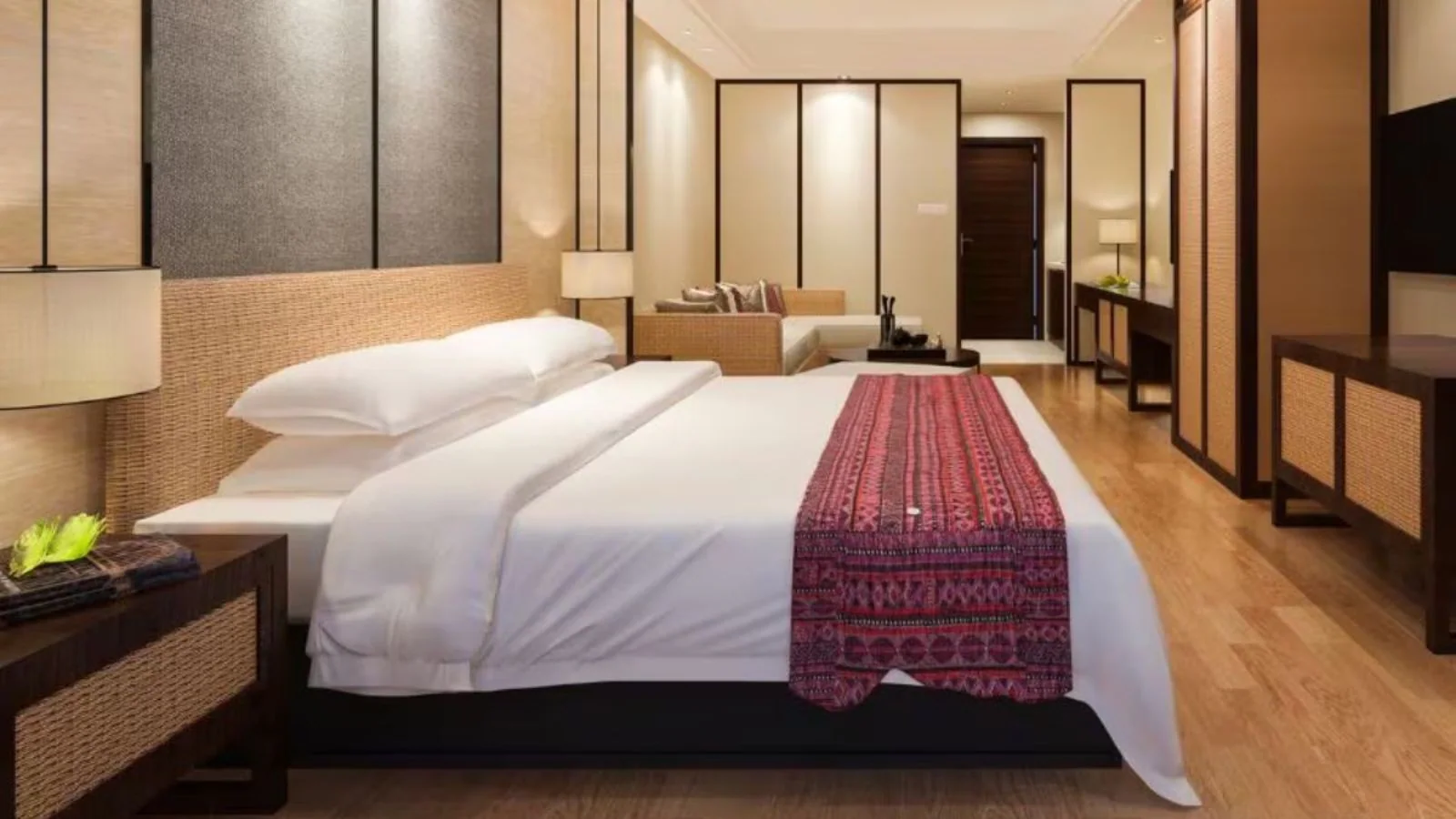By Diksha Modi,News18
Copyright news18

Whenever travellers check into a hotel or board a train for a long journey, one detail often goes unnoticed – the crisp, white sheets neatly spread across beds and berths. Rarely do people pause to ask why white alone dominates, instead of bright or patterned linen. Yet, the choice is far from accidental. Hoteliers and railway authorities say the practice is rooted in hygiene, psychology, and practicality.
Industry experts point out that white sheets are easier to clean and maintain. The bleaching process, which is routinely used to disinfect linen in hotels and trains, strips away stains and odours effectively. While coloured fabrics fade quickly under bleach, white sheets remain intact and usable for longer periods. Bleach also makes them completely disinfected and odourless, an official explained, underscoring the hygiene factor.
Another crucial reason is visibility. Any stain or dirt is immediately noticeable on white sheets, allowing staff to replace or wash them without delay. In the case of coloured sheets, marks may remain hidden, raising the risk of bacterial growth even as passengers fail to detect the uncleanliness.
The colour white is also believed to influence human psychology. Often associated with peace and calmness, it is said to create a soothing environment for travellers. Psychologists suggest that white interiors reduce stress, improve mood, and bring mental comfort, an effect that benefits weary passengers.
Aesthetic appeal too plays a role. White sheets give rooms and compartments a uniform, professional look. The spotless, minimal design adds a touch of luxury, reinforcing the impression of cleanliness and care.
Thus, what appears to be a simple choice of colour is in fact a carefully considered decision, blending hygiene, psychology, and presentation to enhance the travel experience.



